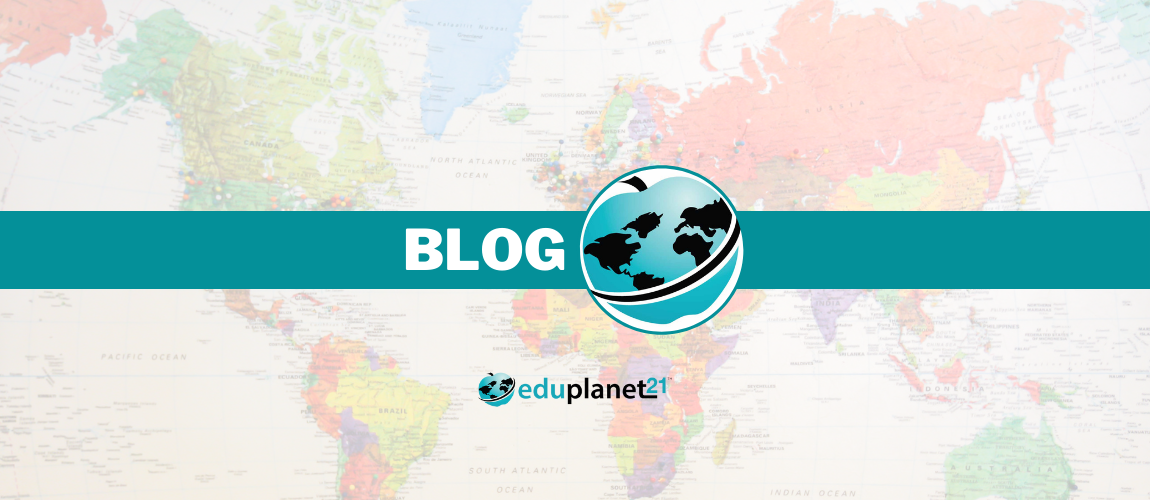Mapping is how we represent data in a way that makes it easier to understand and use. It allows us to document what we already know, identify areas that need to be developed, and make connections that would not be apparent without the work of putting it into this visual format.
The methods we use to map curriculum are very important, and using visual representations to demonstrate our process and plans allows us to make sure that we’ve achieved alignment and have met all of our goals.
While there are many different ways to represent curriculum plans, a successful curriculum map will contain the following elements:
A successful curriculum has a hierarchy. At its foundation, curriculum is built around a set of standards that have been agreed upon as guiding principles. Whether these come from a national or state-wide educational body or from a departmental committee, these standards serve as the uppermost level in the hierarchical structure of curriculum design. The skills and knowledge necessary to meet those standards make up the next level. The means of demonstrating attainment of the skills and knowledge makes up the following level. The classroom activities that support and lead to those demonstrations is at the level below. Because of the nested nature of these relationships, an effective curriculum map should demonstrate this hierarchy. This could be through flowcharts or expandable features.
It is very important to demonstrate connections across standards and even across disciplines. For this reason, a successful curriculum map should demonstrate how standards build on one another and how work in separate disciplines can operate to build complementary skillsets. A map that includes hyperlinks between related elements can help achieve this goal.
The people involved in developing and using a curriculum need to be able to look at it from both a bird’s eye view and from a detailed look at how it operates in an individual classroom or even for an individual assignment. For this reason, a successfully mapped curriculum should include a method to drill down into the details while also providing the means to move back and look at the big picture. Allowing manipulation of the display of the curriculum where users can expand and contract pieces of information provides the most flexibility.
A curriculum is complex, multi-faceted concept that can become overwhelming very quickly. A successful mapping of the curriculum keeps the users in mind and provides practical information in a way that can be readily implemented at various levels. Providing educators checklists to see how assignments incorporate specific objectives is a good way to meet this goal.
Above all, a successful curriculum map should consider the many different possible uses. It will be alignment tool for individual assignments, a foundational document for making broad decisions about future plans for the department or school as a whole, and an organic blueprint of what has been done in the past to help with future curriculum revisions and redesigns. A well-crafted map will be helpful in all of these various situations.
